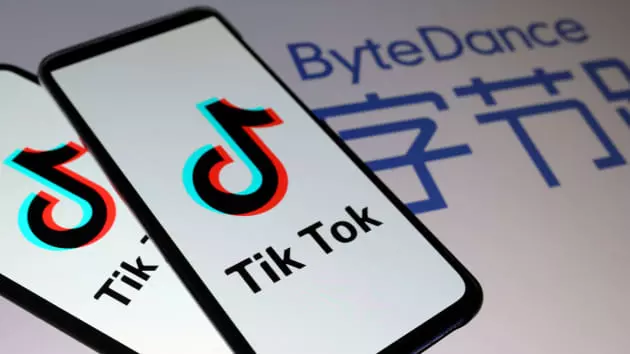With “The Merge,” Ethereum has effectively ended mining.
The long-awaited Ethereum (ETH) Merge is set to occur this week, as the network switches from a proof-of-work (PoW) blockchain to a more energy-efficient proof-of-stake (PoS) system, thereby terminating ETH mining and redirecting a huge percentage of investors to Bitcoin.
The Merge is predicted to cut Ethereum’s energy usage by 99.95%, which is beneficial to the network’s long-term sustainability and security.
The transition is set for later today or early Thursday, according to foreign media reports late Tuesday night.
Our channel tests revealed that the switchover is already taking place by systems connected to the Ethereum network.
If you search for the Merge on Google, you’ll find a countdown timer that anticipates completion in the early hours of Thursday GMT.
While the Merge has been part of Ethereum’s goal since its founding in 2014, according to co-founder Vitalik Buterin, it has been postponed many times owing to its technical “richness.” But what precisely is its purpose?
Regarding The Merge
Until recently, the Ethereum blockchain has been updated, confirmed, and maintained by a global network of volunteers armed with powerful computers who support the system through a process known as crypto-mining.
Proof of Work is a mechanism utilised by several of the most prominent blockchains, including Bitcoin and Dogecoin.
The Ethereum Proof of Work blockchain will combine with the Beacon Chain, which has been operating on a new Proof of Stake technology since 2020.
Proof of Stake minimizes the number of machines needed to maintain the blockchain, and crypto miners are replaced with “validators” who stake their own ETH currency against their work.
If they make a mistake, they will lose everything. This procedure basically decreases the amount of coins distributed as a reward, as well as the total number of coins in existence, as well as Ethereum’s energy load.
The merger will not only cut the number of machines needed, but it will also reduce the processing power necessary.
Ordinary laptops and desktop PCs will now be used to mine ETH instead of pricey mining rigs with sophisticated GPUs (graphics processing units).
Because mining is decentralized, determining how much energy is utilised worldwide is challenging. However, according to Digiconomist, Ethereum’s decentralized network uses as much electrical energy as Chile in a single year and has a carbon footprint similar to the whole city of Hong Kong.
Switching to Proof of Stake, according to study, would lower energy usage from roughly 112 Terawatt hours per year to 0.01 Terawatt hours per year.
What Does the Merger Mean for Cryptominers?
Despite the fact that Ethereum leads global NFT trade volume and is home to the bulk of the most valuable projects, competitor platforms such as Solana and Flow require substantially less energy.
Considering the economic and energy factors affecting the globe today, crypto miners face a decrease in possible revenues from mining their favourite currencies.
Following the Merge, market sentiments indicate that a significant number of miners would spend thousands (read: millions) of dollars to replace their Ethereum GPU mining computers with cutting-edge, energy-intensive equipment capable of mining Bitcoin.
The Impact of GPU Scarcity
Because of the semiconductor chip shortage and the crypto craze last year, getting a graphics card in stock was practically difficult. This meant that graphics cards were in short supply (in comparison to demand), making them prohibitively costly and impossible to buy at their original rates.
After a blood-curdling market crash that wiped out billions of dollars in virtual currency investments, the GPU scarcity is gone, and the issue of ‘over inventory’ may soon knock on our door.
Ethereum’s long-awaited Merger has here, whether you’re ready or not. Is there a danger that things may go tragically wrong? Tell us in the comments section below.











